Abbay Media News
Gadissa Kuma
The Ethiopian Broadcasting Corporation (EBC) and its senior leaders were accused of inciting conflicts between the Ethiopian people. The accusation was made at a meeting the Corporation held on January 20, 2018 ‘to assess the tendency’ of the broadcast media in handling ongoing crisis in the country. A good part of the meeting was consumed by accusations and counter accusations between the head of EBC and heads of regional broadcast media.
The head of EBC, Mr Zeray Asgedom, chastised the Amhara regional communication team for allowing and taking part in a promotion of a concert using the plain national flag without the government emblem. Mr Nigusu Tilahun, an official from the Amhara region dismissed the accusation calling it blatantly false and inappropriate to even be brought up at that discussion.
Mr Asgedom also scolded officials of Oromia saying “how on earth Oromia regional TV dared” to broadcast live a performance by one famous Oromo singer, Hachalu Hundesa. He took the song of the performer to mean an invitation extended to the Oromo youth to occupy the parliament though there were no such direct references in the song. Mr Asgedom continued saying it should be completely unacceptable for any media to “report the Oromo people have suffered injustice and are not beneficiaries (of the economic miracle?).”
Officials of the Oromia and Amhara region used the meeting to express their frustration in the open possibly for the first time in a long time during the 27 years reign of the current government. The first complaint was that media from the Amhara and Oromia region were intentionally excluded from the invitation list. Mr Tilahun stressed that this exclusion was deliberate and a clear manifestation of two-tier treatment – embracing some while pushing away others. It was argued that a problem of national magnitude cannot be resolved by excluding any part of the population let alone the two majority population of Ethiopia. The fact that Mr Asgedom is a veteran member of the ruling TPLF group did not help dispel the widely shared concern which Mr Tilahun expressed about the broadcasting agency (EBS) not being independent of the ruling TPLF.
Mr Fikadu Tessema, an official from the Oromia region, expressed the frustration of citizens over federal government failure to show compassion and leadership during times of serious crises. The violent displacement of over 700,000 Ethiopians did not receive the attention the problem required. For instance media under the national broadcasting agency took more than one week to report on this crisis of grave magnitude. Government officials and institutions known to have mobilized national resources to help others suffering significantly less challenges failed to provide material support and express their compassion and concern. This prompted the victims to loudly wonder whether they are considered citizens of the same country.
Mr Asgedom was seen to be soft towards government-friendly media that should have their licenses revoked for fanning ethnic conflict. Instead, he issued his harshest criticism to Amhara and Oromia regional media as well as a ‘private’ media which apparently made him uncomfortable by reinforcing popular view in support of Ethiopian unity and celebrating Ethiopian history and flag.
A meeting the government called to chastise ‘unfriendly’ media ended up bringing into the open regional officials’ pent-up frustration with being pushed around by the central government.





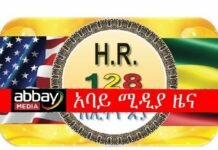

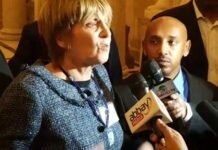
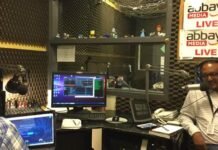

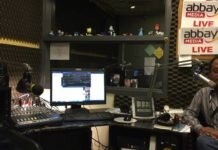








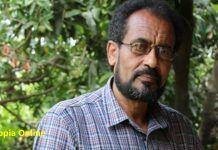
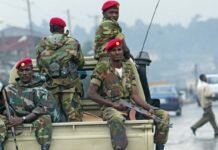
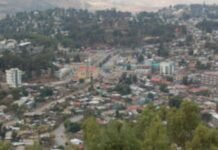
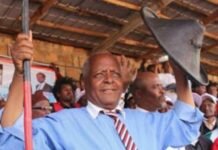
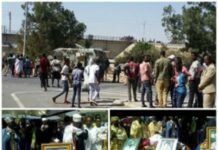












![Creative marketing tourism campaigns [Travel] Creative-marketing-tourism-campaigns-Travel](/wp-content/uploads/2018/02/Creative-marketing-tourism-campaigns-Travel-100x70.jpg.pagespeed.ce.7KnwSIpZZH.jpg)

